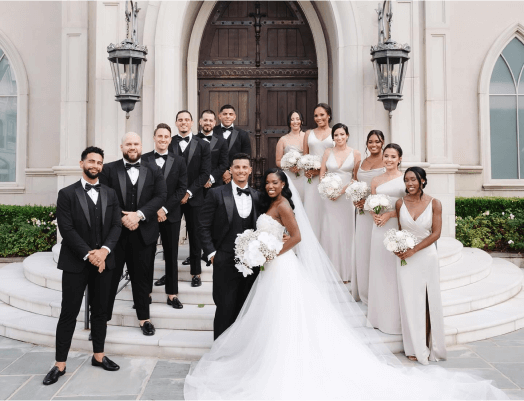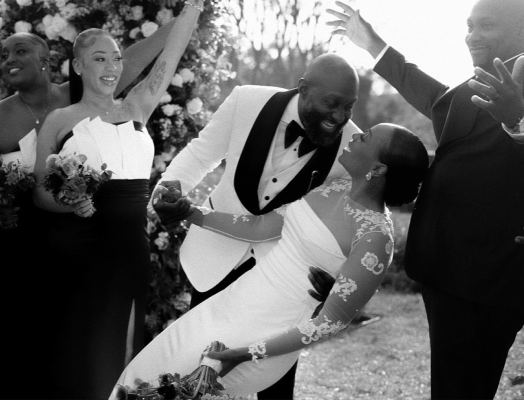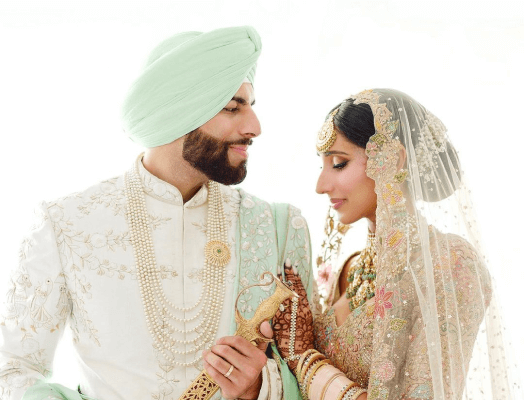Sangeet Essentials: Your Roadmap to Pre-Wedding Bliss
- Author: Natali Grace Levine
- Reading time: 11 min 25 sec
- Publication date: 07/27/2024
- Updated: 06/02/2025
Are you gearing up for an Indian wedding or just curious about vibrant pre-wedding traditions? This article is your golden ticket to understanding the dazzling world of Sangeet ceremonies. Whether you're a bride-to-be, an excited guest, or simply someone who loves diving into rich cultural practices, we've got you covered. Get ready to immerse yourself in the colors, sounds, and joy of this unforgettable celebration. Let's unpack the magic of Indian Sangeet together!
Find Your Perfect Wedding Vendors
Understanding the Sangeet Ceremony: An Introduction
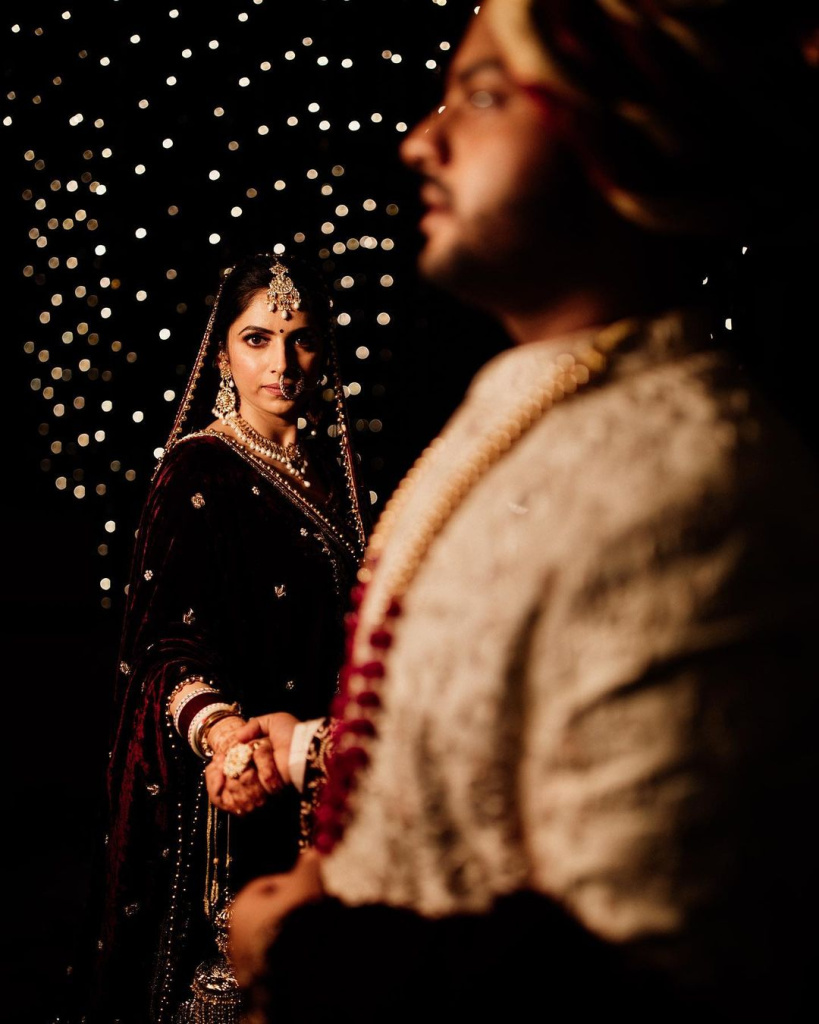
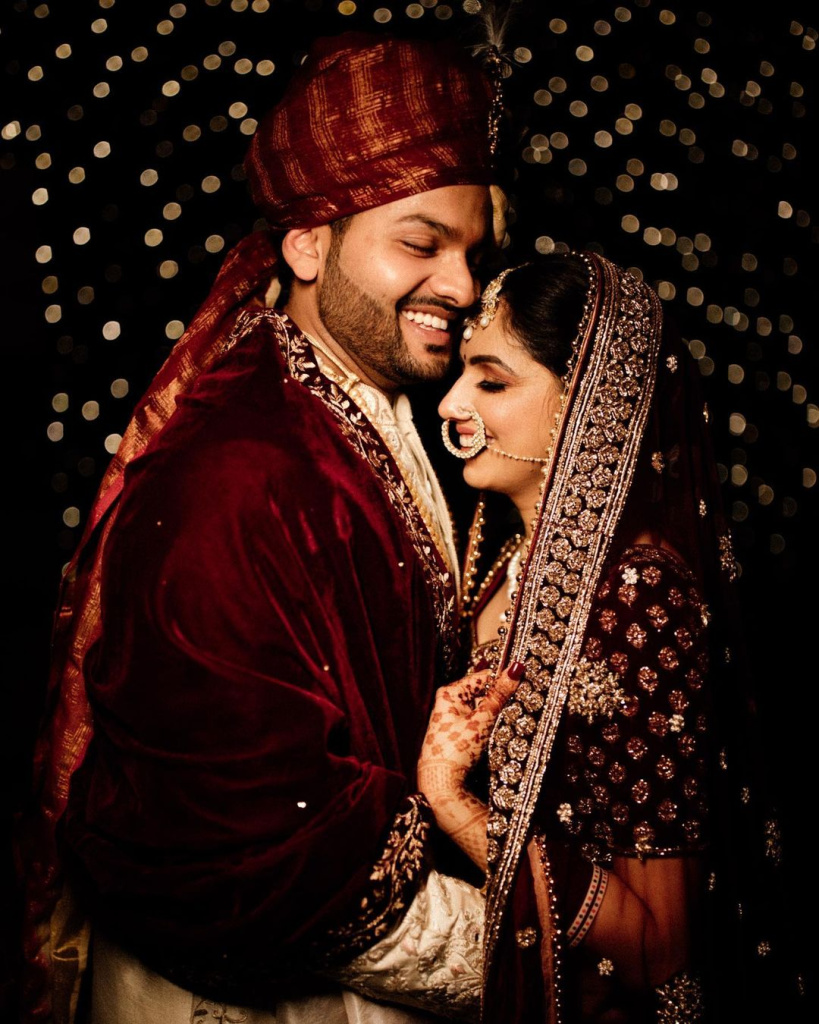
The Sangeet ceremony, which literally translates to "sung together" from Sanskrit, is a pre-wedding celebration that has become an integral part of Indian weddings, particularly in North Indian cultures. This event typically takes place 2-3 days before the wedding and can last anywhere from a few hours to an entire night.
The Sangeet serves multiple purposes:
- It acts as an icebreaker for the two families, allowing them to mingle and bond before the wedding.
- It provides a platform for artistic expression through music and dance.
- It offers a chance for the couple to relax and enjoy amidst the often stressful wedding preparations.
- It creates an opportunity for extended family and friends to actively participate in the wedding celebrations.
While traditionally a women-only event, modern Sangeet ceremonies often include men and can be as lavish as the wedding itself. The scale can vary greatly, from an intimate gathering at home to a grand event at a hired venue, depending on the families' preferences and budget.
Historical Significance of the Sangeet in Indian Weddings
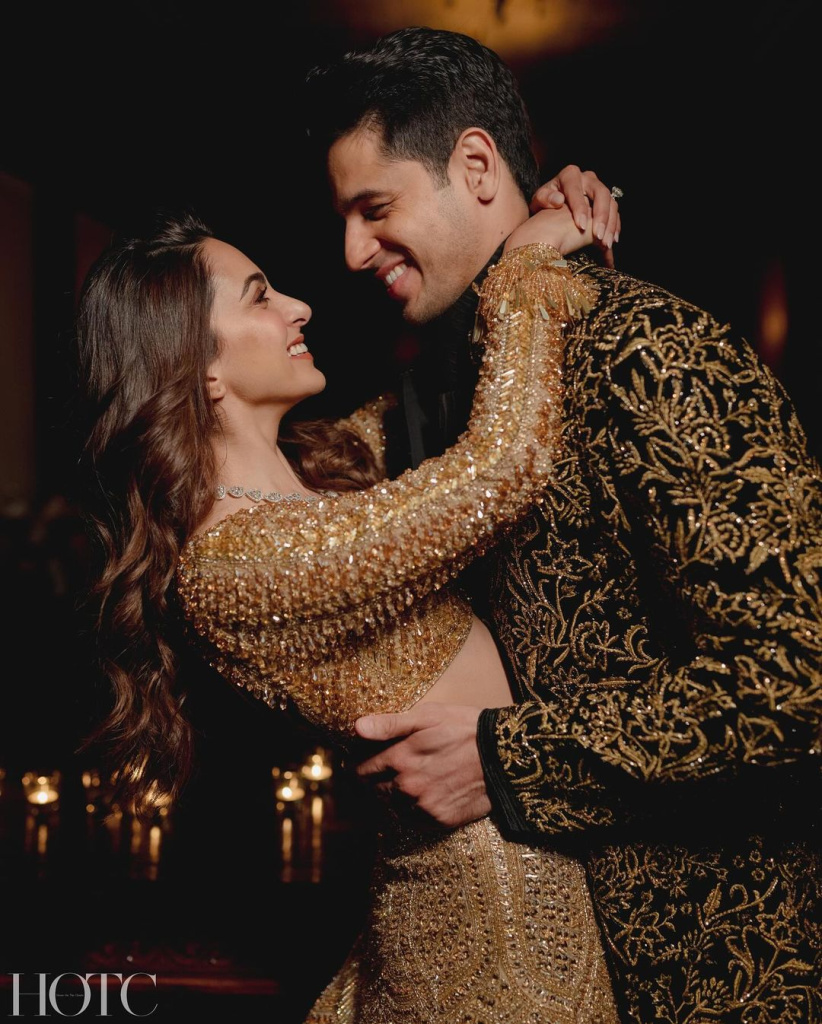
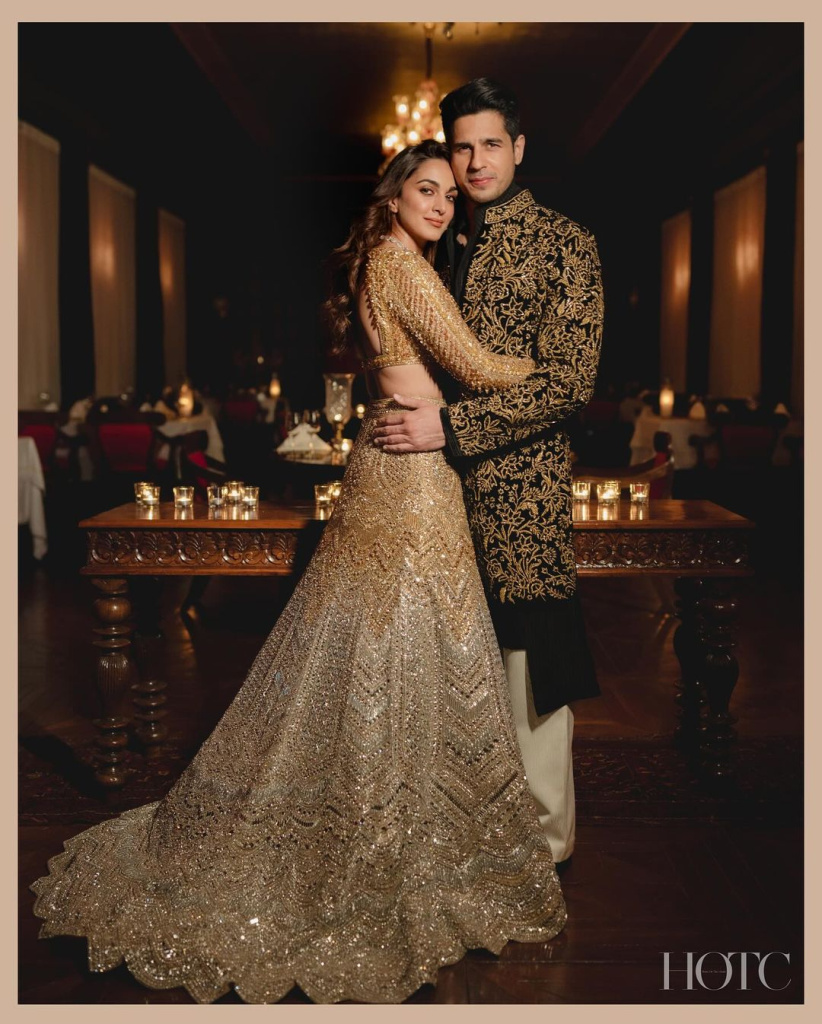
The roots of the Sangeet ceremony can be traced back to the ancient tradition of "gauna," where the bride would stay at her parents' home for a few years after marriage before moving to her in-laws' house. During this time, women would gather to sing songs, offering blessings and preparing the bride for her new life.
Over centuries, this tradition evolved into various forms across different regions of India:
- In Punjab, it became the "chura" ceremony, where the bride's maternal uncle gifts her red and white bangles.
- In Gujarat, it transformed into "garbha," a night of traditional dance.
- In Bengal, it's known as "aiburobhat," where the bride and groom are fed their last meal as single individuals.
The modern Sangeet as we know it today began taking shape in the mid-20th century, influenced by Bollywood and the increasing intermingling of various Indian cultures. It has since become a pan-Indian celebration, adopted even in communities where it wasn't traditionally practiced.
Key Elements of a Traditional Sangeet Ceremony
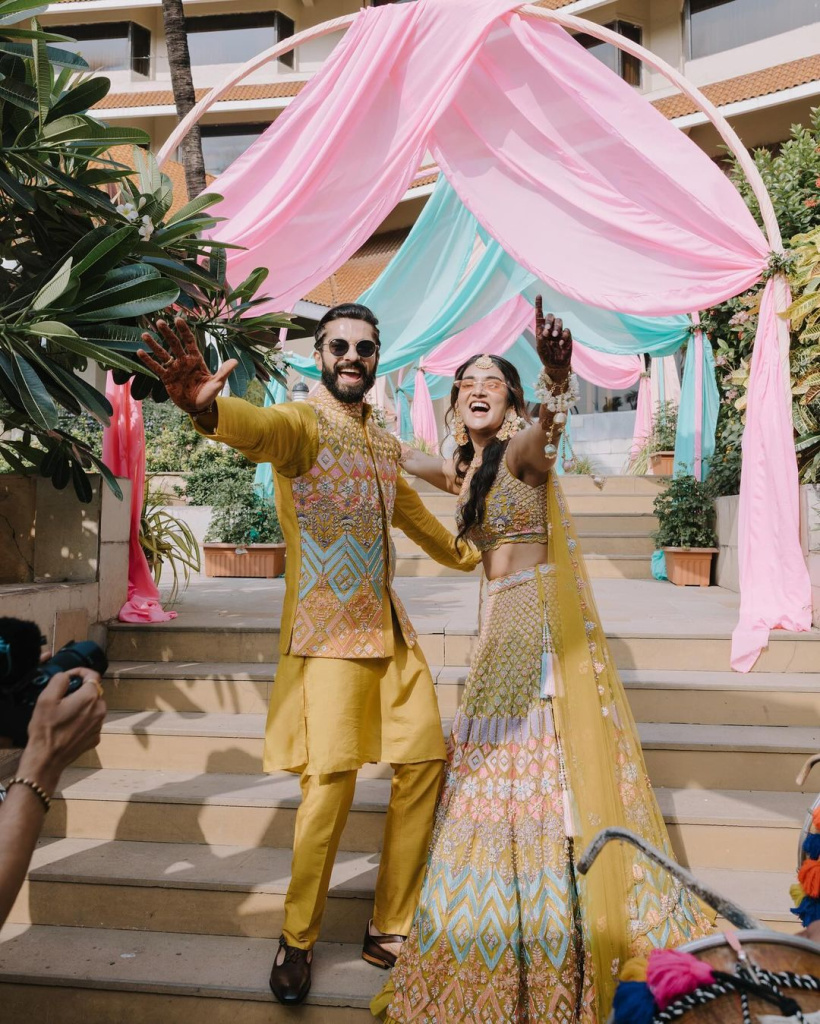
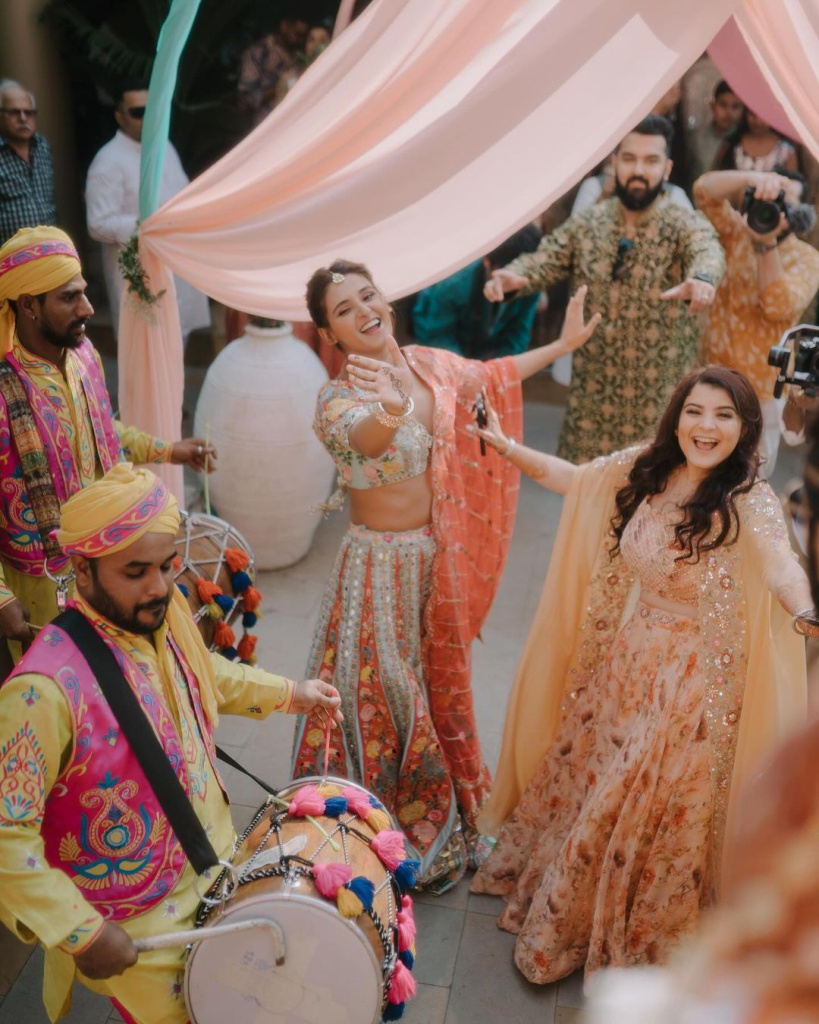
The Sangeet ceremony is a vibrant tapestry woven from various elements that come together to create an unforgettable celebration. Each component plays a crucial role in making the event special, meaningful, and thoroughly enjoyable for everyone involved.
Family Performances
Family performances are often the highlight of any Sangeet ceremony. These acts showcase the love, creativity, and sometimes hidden talents of family members from both sides. Performances can range from choreographed dance routines and musical numbers to comedic skits and heartfelt poetry recitations. Families often spend weeks or even months preparing their acts, adding to the anticipation and excitement. These performances often become cherished memories, capturing the family's personality and their love for the couple. It's common for multiple generations to participate, from grandparents sharing traditional songs to young cousins showing off their dance moves.
Group Dances
Group dances are a staple of the Sangeet, bringing energy and collective joy to the celebration. Often, a choreographer is hired to teach a dance routine to a large group of friends and family. Popular Bollywood numbers or a medley of songs are typically chosen for their upbeat rhythm and celebratory lyrics. Participants often wear color-coordinated outfits to create a visually striking performance.
Musical Performances
Music is the soul of the Sangeet, and live performances add a special touch to the celebration. Many families hire professional bands that can play a mix of traditional and modern songs. Musically inclined family members often perform, adding a personal touch to the entertainment. Instruments like the dholak, tabla, harmonium, and sitar are commonly featured. Some performances blend classical Indian music with Western genres for a unique sound.
Games and Skits
Interactive games and humorous skits add an element of fun and help break the ice between the two families. These often include quizzes about the couple's relationship or challenges that test how well they know each other. Games that pit the bride's family against the groom's family in friendly competition are popular. Theatrical skits often humorously depict the couple's love story or imagine their future together. Many games involve the guests, ensuring everyone feels part of the celebration.
Food and Drinks
No Indian celebration is complete without an array of delicious food and beverages. The spread usually includes a mix of vegetarian and non-vegetarian options, as well as local and regional specialties. Many Sangeets feature live cooking stations for items like chaat, dosa, or pasta. A wide variety of sweets, both traditional Indian and international, are typically offered. The beverage selection is often extensive, ranging from traditional drinks like lassi and thandai to cocktails and mocktails.
Mehendi Application
Sometimes, the Mehendi (henna) ceremony is incorporated into the Sangeet, adding another layer of tradition and beauty. Skilled mehendi artists are hired to create intricate designs on the hands and feet of the bride and female guests. Small cones of henna are sometimes given as favors for guests to take home. The intricate patterns of mehendi designs often inspire the event's decorations.
Blessing Rituals
While the Sangeet is primarily a celebratory event, some families include small blessing rituals to invoke good fortune for the couple. A small prayer ceremony might be performed to bless the couple. In Punjabi weddings, the bride's sisters and friends tie kalire (ornamental hangings) to her bangles and shake them over the heads of unmarried girls. Some families include a mock varmala (garland exchange) as a playful precursor to the wedding ceremony.
Dance Floor
A significant portion of any Sangeet is dedicated to free-style dancing where all guests can participate. A DJ is usually present to keep the energy high with a mix of Bollywood, Punjabi, and international dance numbers. Items like dandiya sticks, pom-poms, or light-up accessories are sometimes provided to enhance the fun. Spontaneous dance circles often form, allowing individuals to show off their best moves.
Music and Dance: The Heart of Sangeet Celebrations
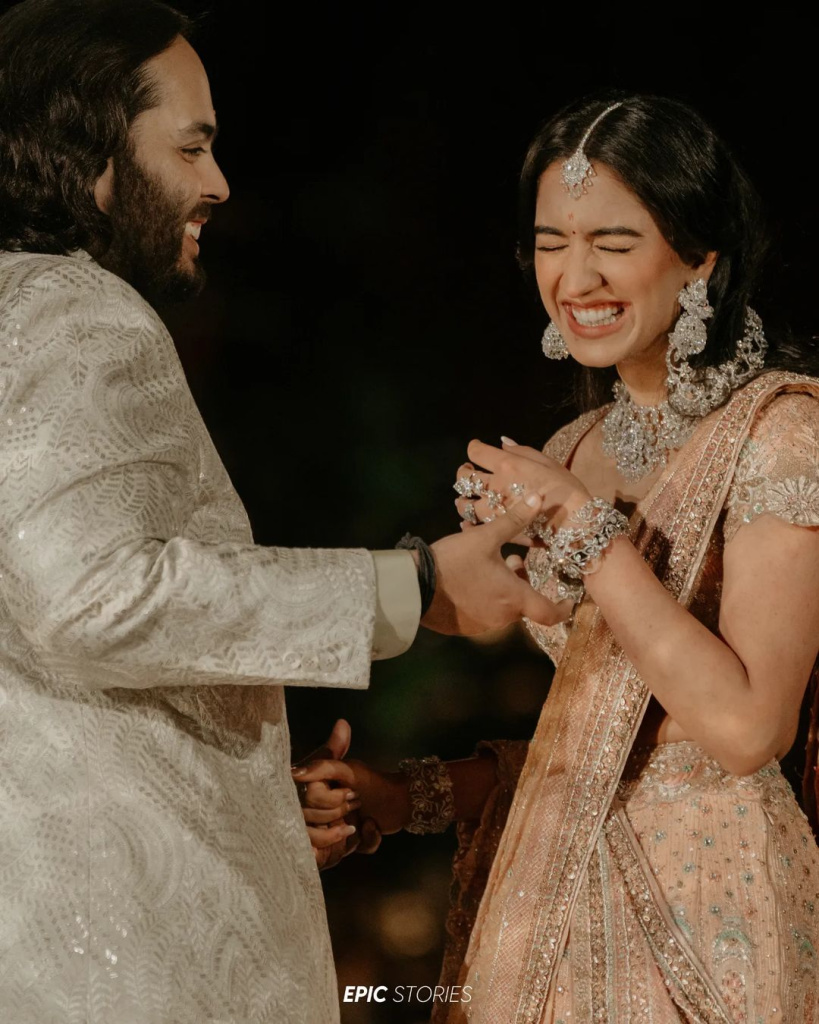
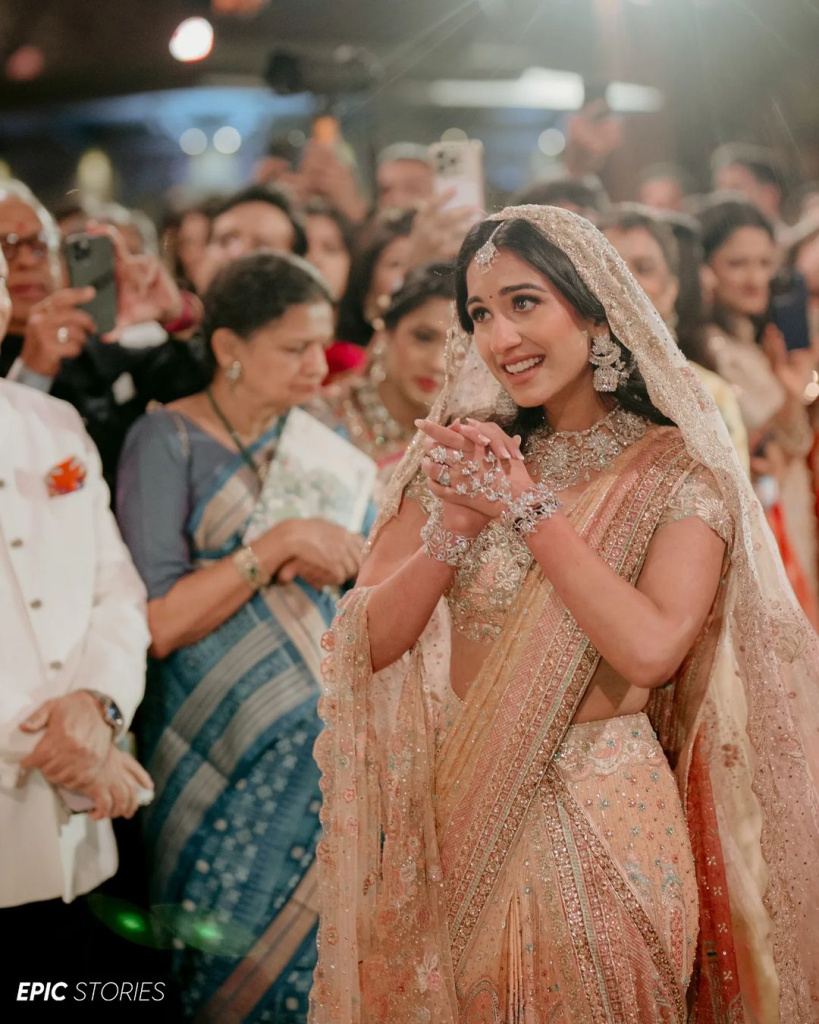
Music and dance are the pulsating core of any Sangeet celebration, infusing the event with energy, emotion, and cultural richness. This vibrant combination creates an atmosphere of joy and unity, bringing together generations and cultures in a harmonious celebration of love.
The Musical Tapestry
The musical repertoire at a Sangeet is diverse and vibrant, reflecting India's rich cultural heritage:
- Traditional wedding songs passed down through generations
- Bollywood hits that get everyone on their feet
- Classical music showcasing the depth of Indian traditions
- Regional music representing different parts of India
- Western pop and international hits adding a contemporary touch
Dance Styles Galore
The dance floor at a Sangeet comes alive with a variety of styles:
- Bhangra: High-energy Punjabi dance, often with colorful props
- Garba: Graceful circular movements from Gujarat
- Bollywood-style choreographed routines telling a story
- Classical dance forms like Bharatanatyam or Kathak
- Free-style dancing for guests of all ages
Personalization and Themes
Couples often personalize the music and dance:
- Choice of styles reflects the couple's personality
- Songs or dances with special meaning to the relationship
- Some opt for themed segments like "dance through the decades"
Interactive Elements
Modern Sangeets often include interactive dance elements:
- Teaching guests simple choreographed sequences
- Organizing dance contests
- Creating a sense of unity through shared dance experiences
The Grand Finale
As the night progresses, the music and dance build to a crescendo:
- Often culminates in a performance by the couple
- Final moments encapsulate the spirit of the Sangeet
- Creates lasting memories for the couple and guests
This vibrant combination of music and dance serves as the heartbeat of the Sangeet, bringing together generations and cultures in a harmonious celebration of love.
Traditional Attire and Decorations for Sangeet
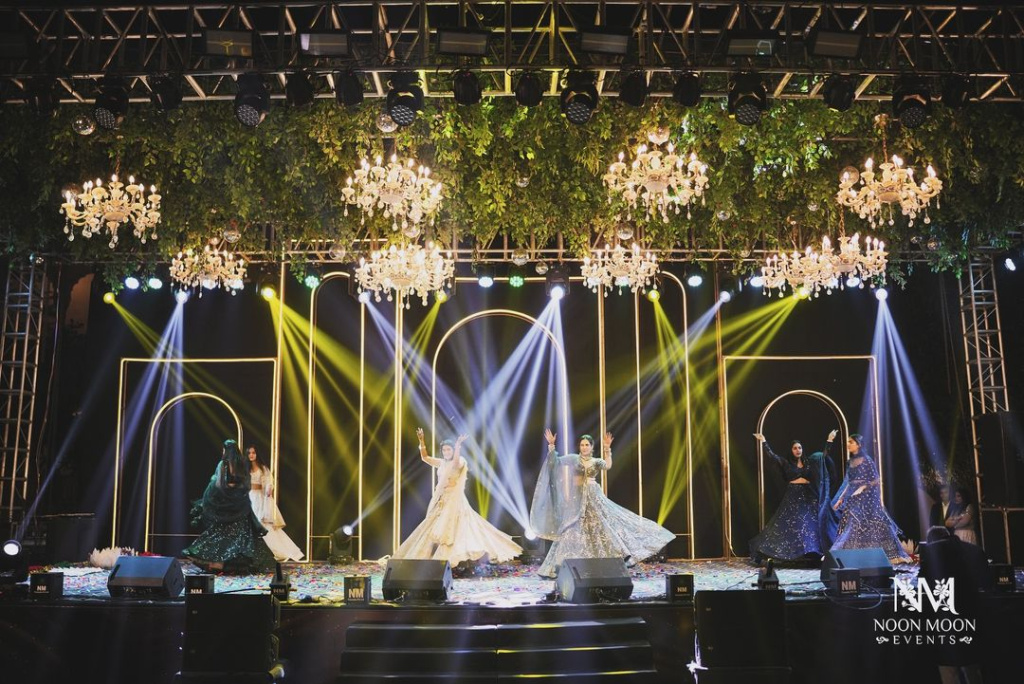
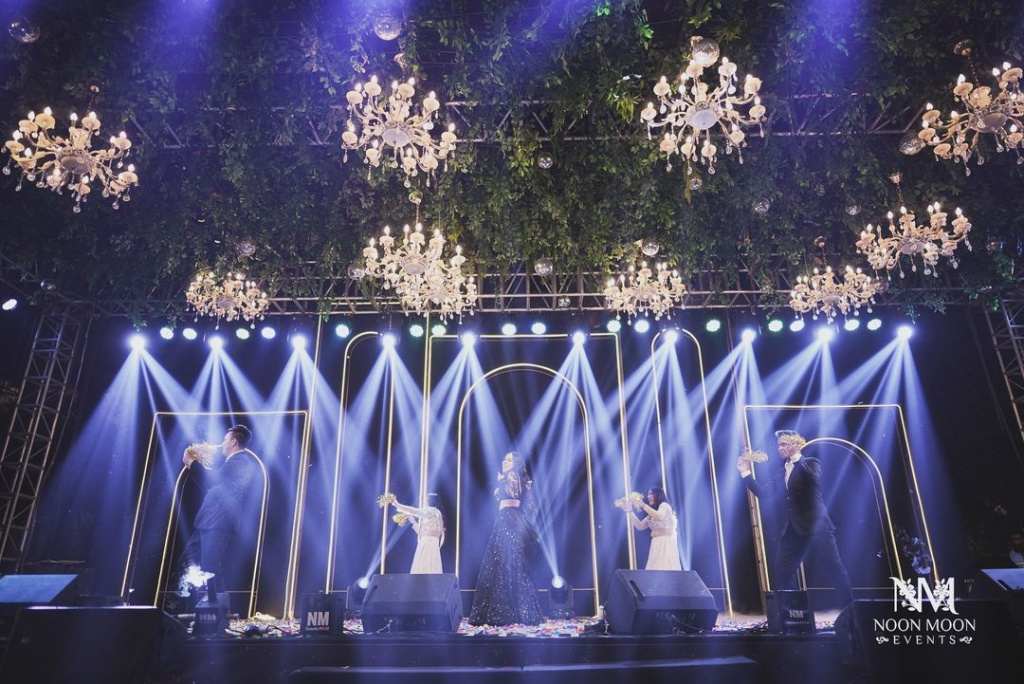
The Sangeet ceremony is as much a feast for the eyes as it is for the ears. This pre-wedding celebration is an opportunity for families to showcase their style, creativity, and cultural heritage through stunning outfits and breathtaking decorations.
Colorful Ensemble for Women
The Sangeet offers women an opportunity to showcase their most vibrant and festive attire. Lehengas are a popular choice, featuring flowing skirts paired with intricately designed cholis (blouses) and dupattas. These outfits often boast rich embroidery, mirror work, or sequins, creating a dazzling effect under the lights.
Sarees, another classic option, are often chosen in lighter fabrics like chiffon or georgette to allow for easy movement during dancing. For a more comfortable yet equally stylish choice, many women opt for Anarkali suits or palazzo sets.
The color palette for women's attire is typically bright and joyful, with jewel tones like royal blue, emerald green, and fuchsia pink being particular favorites.
Dapper Looks for Men
Men's attire for the Sangeet has evolved to include a wide range of options. The classic kurta-pajama set remains a staple, often adorned with subtle embroidery or paired with a decorative waistcoat for added flair. Sherwanis, long coat-like garments, offer a more formal look and are often chosen in rich fabrics like silk or brocade.
For a fusion look, many men pair kurtas with fitted trousers or jeans. Color choices for men tend to be slightly more subdued than women's, with deep maroons, navy blues, and forest greens being popular choices. However, it's not uncommon to see men embracing brighter hues to match the festive atmosphere.
The Couple's Attire
The bride and groom often use the Sangeet as an opportunity to coordinate their outfits, creating stunning photo opportunities. The bride might choose a heavily embellished lehenga or gown, but typically in colors other than red, which is often reserved for the wedding day. Gold, pink, or blue are popular choices. The groom often complements the bride's outfit, perhaps wearing a sherwani or achkan in a coordinating color. Their outfits, while special, are usually not as formal as their wedding attire, allowing for easier movement during performances.
Accessorizing with Flair
Jewelry plays a significant role in completing the Sangeet look. Women often wear elaborate necklaces, chandelier earrings, and stacks of bangles. Maang tikkas (forehead ornaments) and kamar bands (waist belts) add extra glamour.
Men might accessorize with elegant watches, cufflinks, or traditional jewelry pieces like brooches or necklaces. Footwear is chosen for both style and comfort, with women often opting for embellished juttis or low heels, while men might wear mojaris or formal shoes.
Vibrant Venue Decorations
The decorations for a Sangeet venue are designed to create a festive and romantic atmosphere. Fresh flower arrangements are a key element, with marigold garlands, rose centerpieces, and exotic flower installations being common choices. The use of fragrant flowers like jasmine adds a sensory dimension to the decor.
Lighting plays a crucial role in setting the mood, with strings of fairy lights, colorful LED setups, and traditional diyas (oil lamps) often used in combination to create a magical ambiance.
Themed Decor Elements
Many families choose a specific theme or color scheme for their Sangeet decorations, often coordinating with the bride's outfit or a chosen motif. Backdrops for the stage or photo booth areas are usually elaborate, featuring elements like floral walls, traditional motifs, or even custom-designed illustrations depicting the couple's journey.
Props like oversized frames, decorative swings, or traditional items like painted dholaks (drums) or colorful umbrellas are often incorporated into the decor, doubling as photo opportunities for guests.
Blending Tradition with Modernity
While traditional elements like rangoli (colored powder designs) and torans (decorative door hangings) are still popular, many families are incorporating modern touches into their Sangeet decor. This might include neon signs with cute phrases, personalized cocktail napkins, or interactive art installations. The key is to create a space that feels both culturally rich and contemporary, reflecting the couple's personality and style.
Table Settings and Favors
If the Sangeet includes a seated dinner, table settings often reflect the overall decor theme. Centerpieces might feature traditional brass items alongside fresh flowers, or incorporate elements that tell the couple's story. Place cards and menu cards are another opportunity to add a personalized touch. Party favors for guests are becoming increasingly common at Sangeets, with options ranging from small boxes of sweets to personalized items like embroidered pouches or scented candles.
Planning Your Sangeet: Tips and Considerations
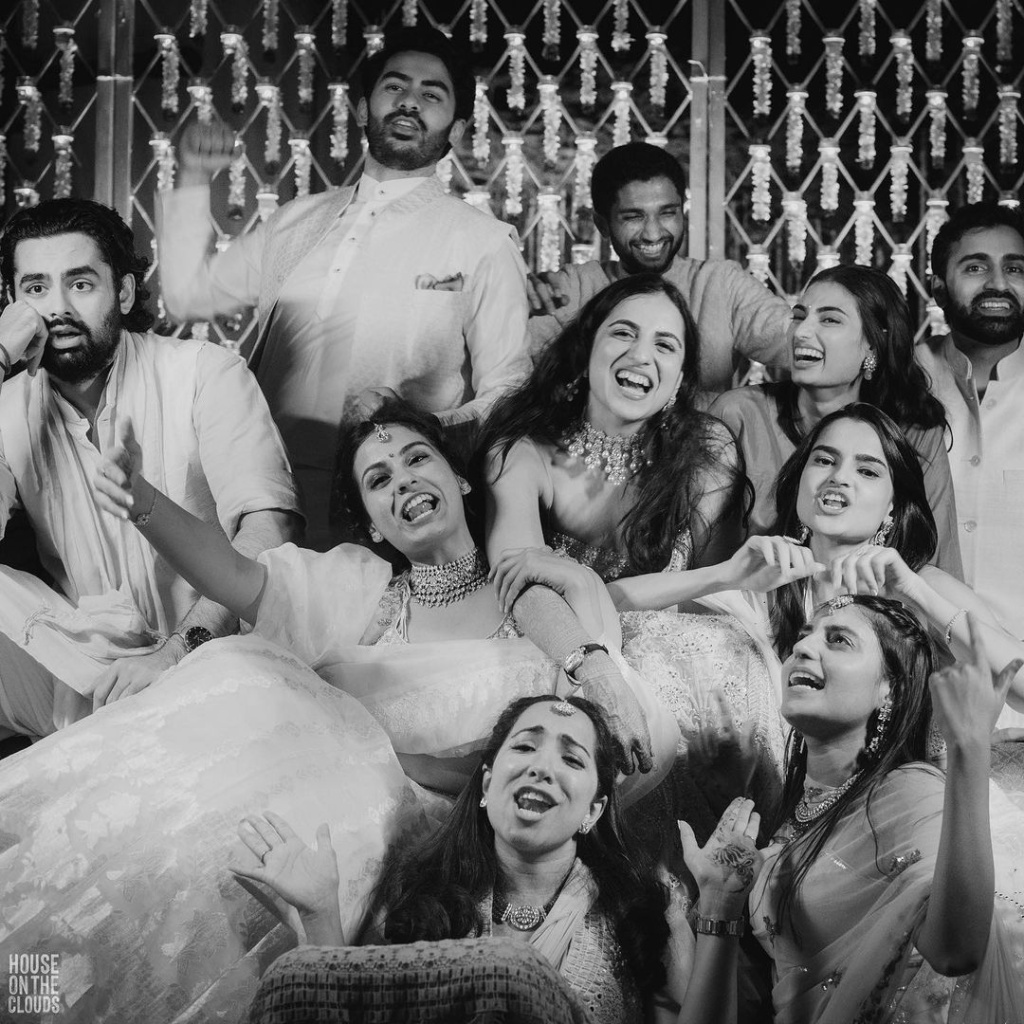
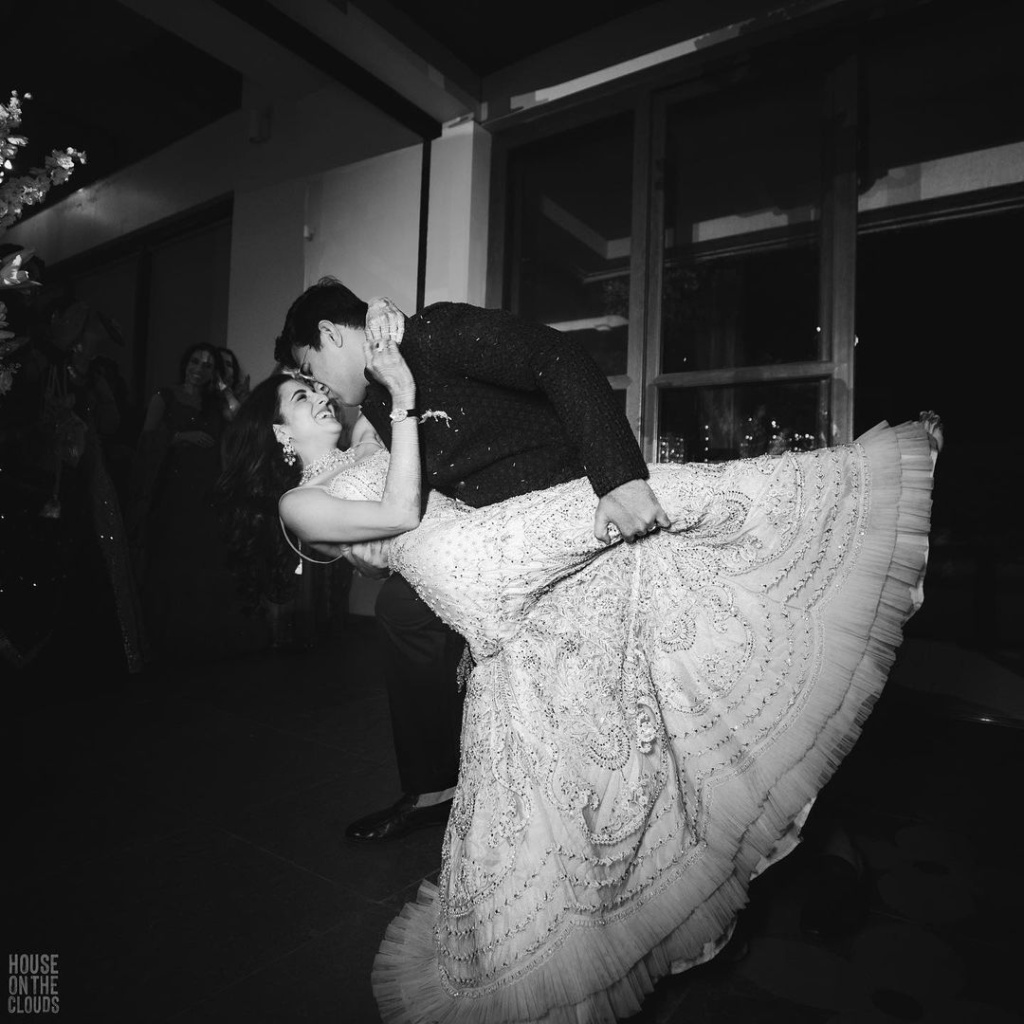
Planning a Sangeet ceremony requires careful thought, creativity, and coordination. This vibrant pre-wedding celebration sets the tone for the entire wedding festivities, so it's important to get it right. Here's a comprehensive guide to help you plan a memorable Sangeet that reflects your style and brings both families together in joyous celebration.
Start Early
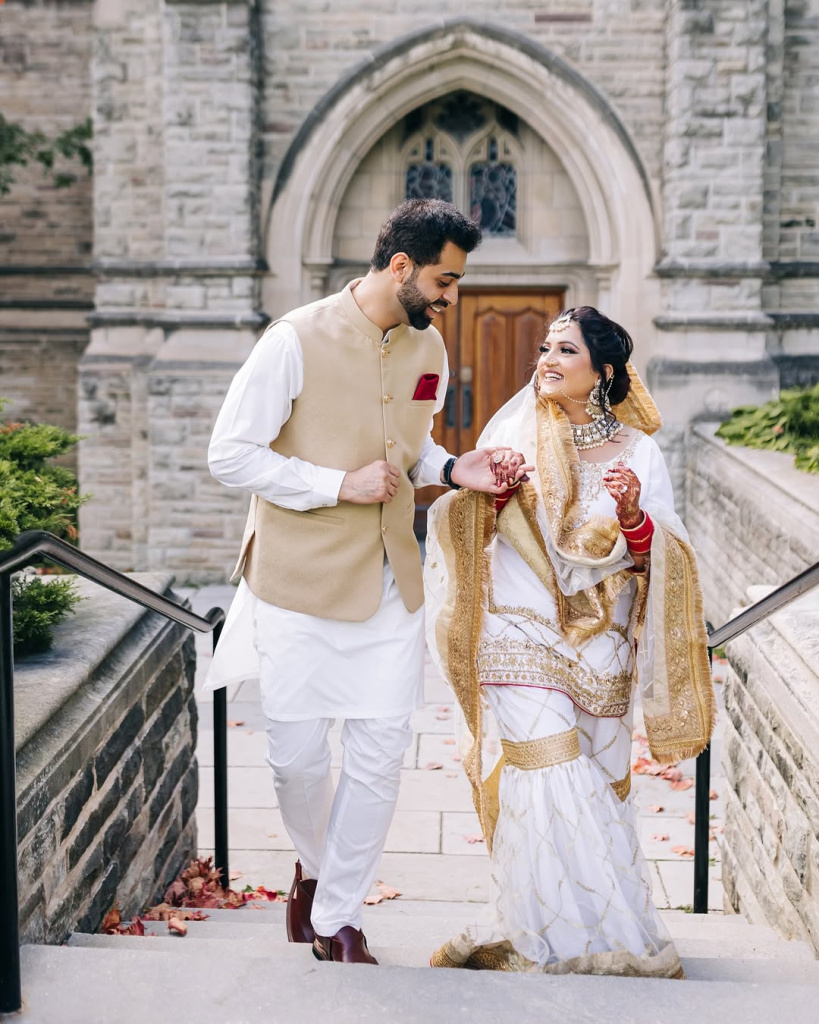
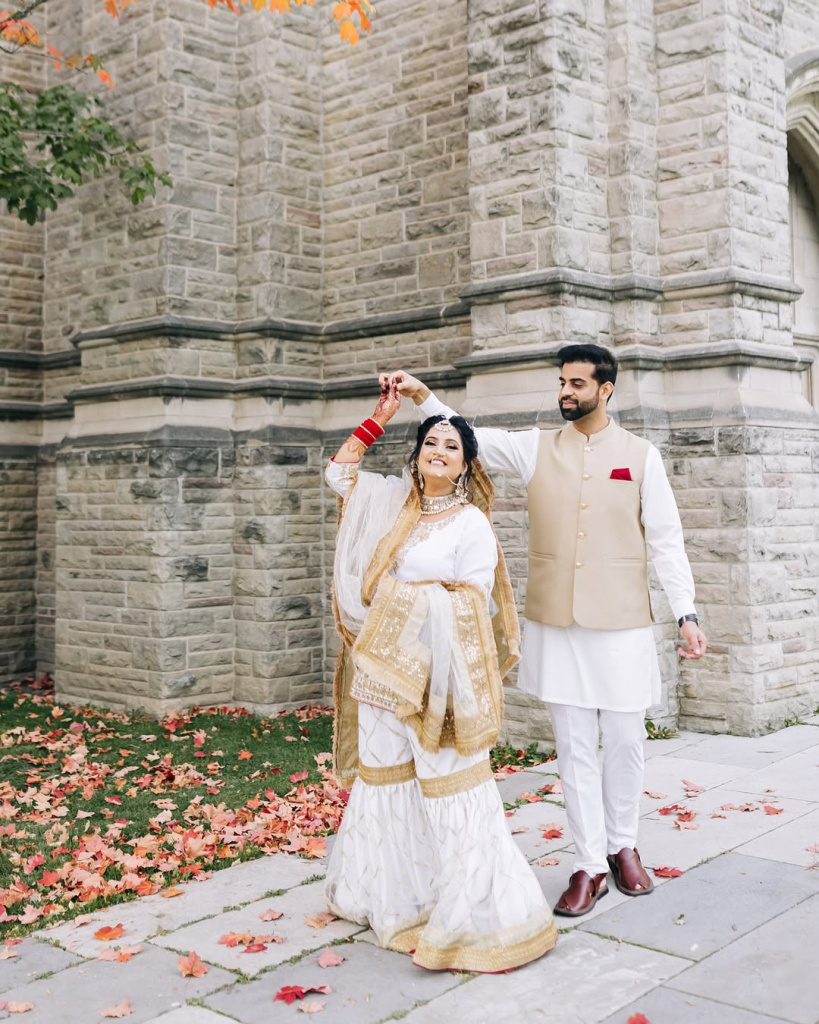
Begin your Sangeet planning at least 3-4 months in advance. This gives you ample time to book vendors, coordinate with family members for performances, and handle any unexpected challenges that may arise. Early planning also allows you to secure your preferred venue and date, which can be crucial during peak wedding seasons.
Set a Realistic Budget
Determine how much you're willing to spend on your Sangeet. This celebration can range from an intimate gathering at home to a lavish event at a rented venue. Your budget will influence decisions about the venue, catering, decorations, and entertainment. Remember to allocate funds for often-overlooked expenses like transportation for key family members or welcome kits for guests.
Choose the Perfect Venue
Select a venue that aligns with your vision and can comfortably accommodate your guest list. Consider factors like parking availability, acoustics for music and performances, and whether the space allows for both indoor and outdoor activities. If you're planning an outdoor Sangeet, have a backup plan in case of inclement weather.
Create a Detailed Guest List
Decide whether you want an intimate gathering or a larger celebration. Your guest list will impact nearly every aspect of your planning, from venue selection to catering arrangements. Consider creating a shared spreadsheet to manage RSVPs and dietary requirements efficiently.
Plan a Diverse Program
Outline the flow of events for the evening, including the order of performances, games, and other activities. Aim for a mix of traditional elements and modern entertainment to keep guests of all ages engaged. Consider hiring a professional emcee to keep the event running smoothly and maintain high energy throughout the night.
Coordinate Performances
Assign a family member or friend to liaise with everyone who's performing. This person can help coordinate rehearsals, manage the performance schedule, and ensure all necessary props or equipment are available. Encourage a variety of acts to showcase different talents and keep the entertainment diverse.
Hire Professional Services
Consider enlisting the help of professionals to elevate your Sangeet. This might include a wedding planner for overall coordination, a choreographer for group dances, a sound technician for high-quality audio, and a lighting crew to create the perfect ambiance. Professional photographers and videographers are essential for capturing the memories of this special night.
Design a Delectable Menu
Plan a menu that caters to different tastes and dietary requirements. Consider including a mix of traditional Indian dishes and international cuisine. If you're having a longer event, plan for both heavy appetizers and a main course. Don't forget to include a variety of desserts and beverages, both alcoholic and non-alcoholic.
Create the Perfect Playlist
Work with your DJ or band to create a playlist that includes a mix of old and new songs, catering to guests of all ages. Include traditional wedding songs, Bollywood hits, and popular dance numbers. If you have guests from different cultural backgrounds, consider incorporating music from various regions or languages.
Plan for Ample Rehearsal Time
Schedule several rehearsals for group performances in the weeks leading up to the Sangeet. These practice sessions not only improve the quality of the performances but also serve as mini-celebrations themselves, building excitement for the main event.
Arrange Transportation
If your venue is not easily accessible, consider arranging transportation for key family members and out-of-town guests. This thoughtful gesture ensures that everyone can fully enjoy the celebrations without worrying about logistics.
Prepare Welcome Kits
Create welcome kits for your guests, especially those traveling from out of town. These could include the event schedule, local information, some snacks, and perhaps some fun props for the celebration. It's a lovely way to make everyone feel included and prepared for the festivities.
Plan for Candid Moments
While scheduled performances are important, some of the most memorable moments at a Sangeet happen spontaneously. Ensure there's time and space for impromptu dances, heartfelt speeches, or unexpected performances from guests.
Consider Cultural Sensitivities
If you're planning a fusion Sangeet or have guests from different cultural backgrounds, be mindful of various cultural sensitivities. This might influence your choice of music, food, or certain traditions you choose to include or exclude.
Focus on Personal Touches
Incorporate elements that reflect your personality as a couple. This could be through customized decorations, a signature cocktail named after you, or performances that tell your love story. These personal touches make the Sangeet uniquely yours and more memorable for your guests.







